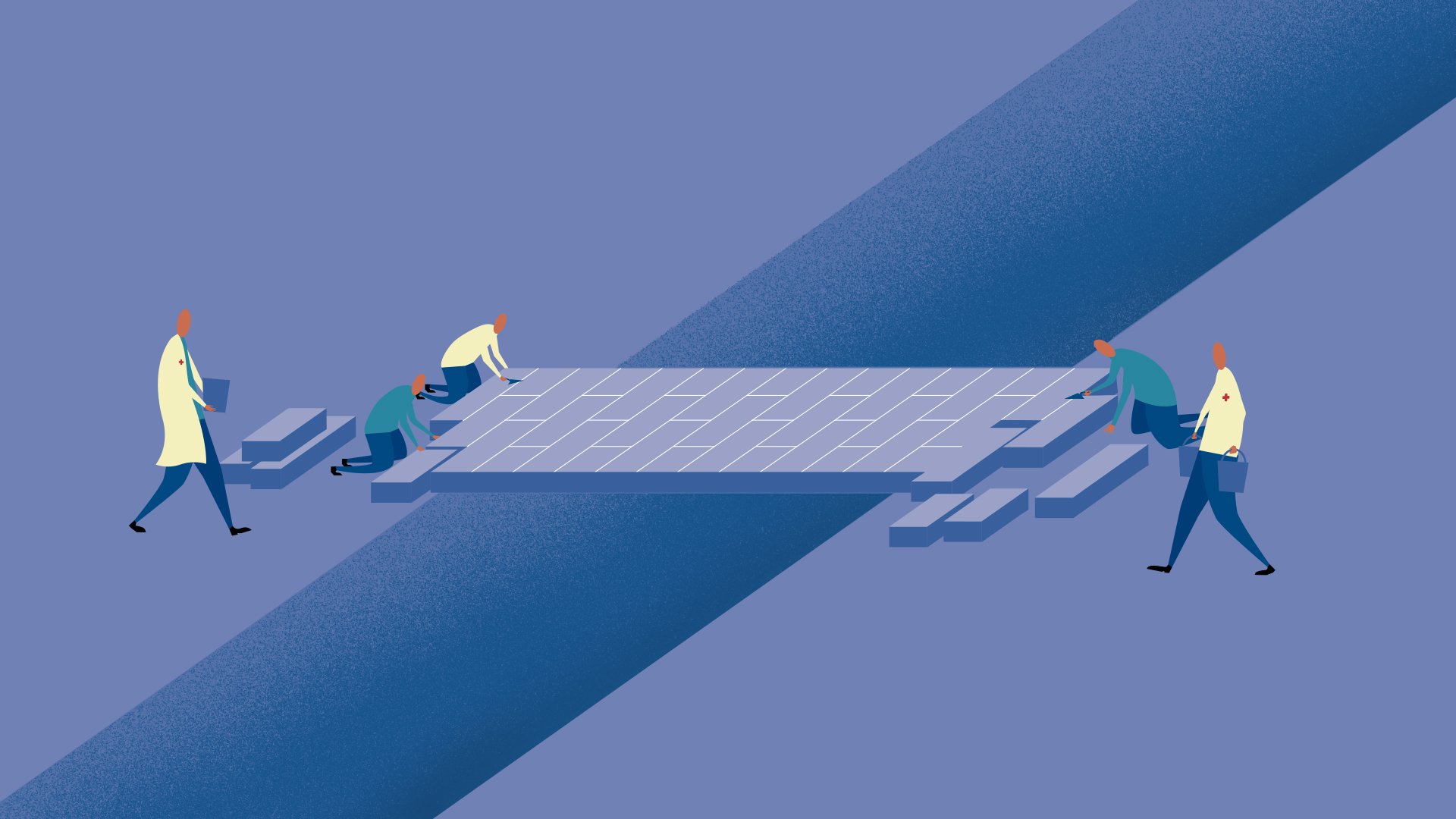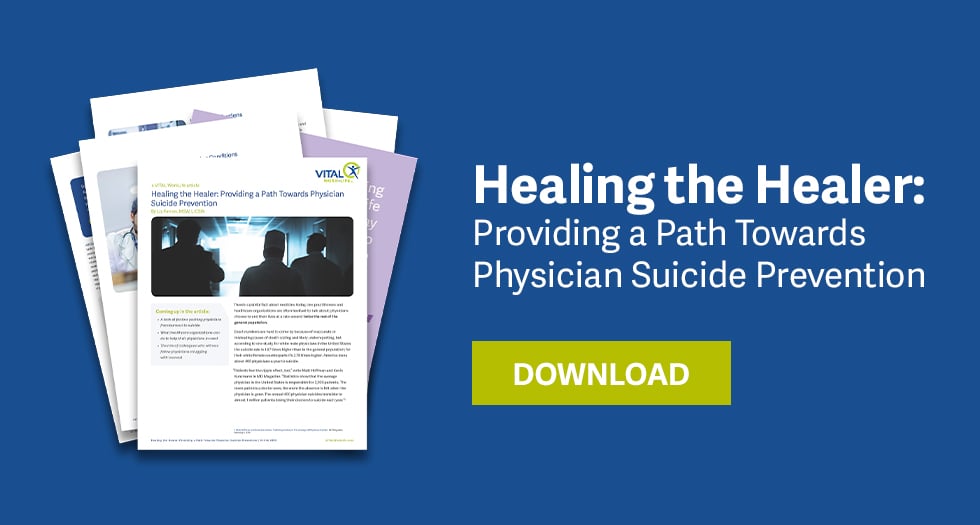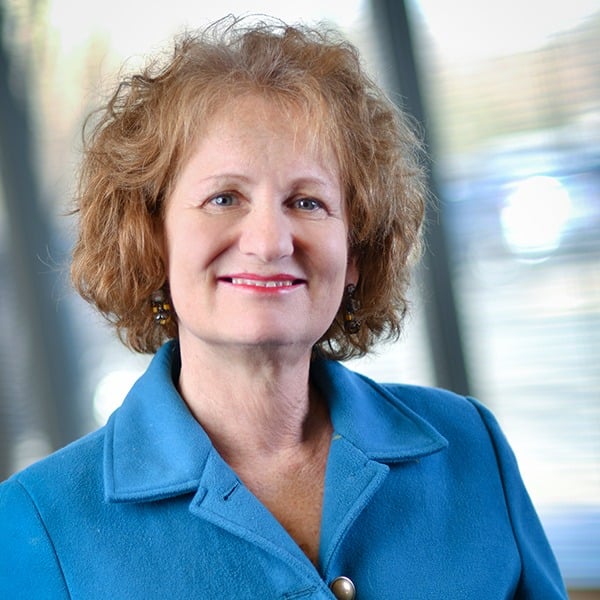 When Dr Charles Rohannan, a valued member of Memorial Hospital’s neurology department, took his own life, as we learned in episode one, administrators were faced with a powerful question: should they “go public” with his cause of death, and if so, how and to whom? Their decision: to be guided by the Rohannan family’s wishes. If the family agreed, however, they would use their colleague’s death as an opportunity to open a discussion about the pressures which influenced Dr. Rohannan’s decision, and explore what they could do as a community to see to it other physicians did not reach the same point of no return.
When Dr Charles Rohannan, a valued member of Memorial Hospital’s neurology department, took his own life, as we learned in episode one, administrators were faced with a powerful question: should they “go public” with his cause of death, and if so, how and to whom? Their decision: to be guided by the Rohannan family’s wishes. If the family agreed, however, they would use their colleague’s death as an opportunity to open a discussion about the pressures which influenced Dr. Rohannan’s decision, and explore what they could do as a community to see to it other physicians did not reach the same point of no return.
Meeting with the Department
Dr. Candace Li had assembled as many members of the neurological team as could spare the time to break the news.
“Charlie’s family has agreed it’s okay for me to share with you he died by suicide,” she said.
Gasps and a sob.
“Our department is going to be the only one where this is known. I’d like to keep it among ourselves for now. But I want you to know we’re going to be meeting when we can to talk about influencing factors and potential preventive measures. Admin wants to take actions too.”
“Candace, I know why it happened,” said Dr. Phil Means, who was standing by the door. “We all know, don’t we? The pressures of this specialty, this profession, can be inhuman. Especially…especially now. I mean these days, with the charting craziness and the productivity benchmarks and the patient satisfaction scores and the…” He opened his hands as if to indicate 'all the rest of it.’
“I don’t know,” said nurse practitioner Yvonne Cheek, whose eyes were closed. “Charlie never seemed overwhelmed. He seemed to be coping. He never seemed…you know, troubled.”
“Docs are good at that,” said Dr. Arjun Rajanathan. “Seeming to be coping when they’re not.”
Dr. Li and the physicians talked for a quarter of an hour. It turned into the first of the planned initiative’s discussions. It wasn’t easy to find occasions for this group and others in the department to talk, but they made it a priority. They talked about workload, administration’s requirements, the always-thorny coding issue—the drivers of frustration leading to burnout. Dr. Means, who had a psychiatry subspecialty, brought up the role of undiagnosed depression and self-medication. And more than one physician talked about the need for accessible and confidential ways for doctors—and everyone else—to get mental health help, without stigma and without licensure consequences.
Planning for Next Steps
A few weeks later, medical director Emin Abdullahi asked the Rohannan family if they would agree to letting the entire hospital staff know the circumstances of their husband and son’s death. Dr. Rohannan’s wife favored the idea, but his parents, would not concur. The CEO advised Dr. Abdullahi not to press the point with them.
“Emin,” he said, “we can do this without reference to Charlie’s death. We have to.”
“Rumors are going to spread,” said Dr. Abdullahi. “They’re already spreading.”
“I know, but our hands are tied. We’re going to go ahead with an education initiative. I want to get a curriculum up and running about burnout and depression and substance abuse, with honest stuff about how prevalent they are in our world. We’ll let the discussions play out from that.”
“I think even more important is this confidential consultation piece,” said Dr. Abdullahi. “We need to put in place a way for docs to get help. A way they’re going to use.”
The CEO told Dr. Abdullahi that Memorial’s Physician Wellness Program head, Dr. Helene Antuñez, was already drafting a plan—and a plea to Memorial’s board for the resources to implement it.
A Surprising Message
And then came the day when an email from Dr. Rohannan’s wife arrived in the CEO’s inbox.
“Dear Mr. Hanff,” it read, “I am enclosing a video that I hope you will play for anyone you feel should see it. Charlie’s parents are ok with it.”
The video showed Dr. Rohannan’s wife Eve, sitting in her kitchen on a sunny day. She held a photo of her husband in his first-year med school white coat and she spoke.
“Hello. My name is Eve Carter Rohannan, and this is a photo of my husband at a happier time. I don’t need to tell you how dedicated he was to medicine, to being a healer. I don’t need to tell you that he worked hard, cared about his patients, cared about all of you.
“Charlie was a perfectionist, and sometimes I think that trait oppressed him. But he often said that a doctor who didn’t strive for perfection wasn’t worth much. He also suffered from depressive episodes, but he told me he could manage them. He said his depression was a ‘stable illness.’
“I don’t know what combination of things made Charlie lose hope. He said once that practicing medicine can feel like swimming against a strong current, with the danger of drowning always there. I think he meant drowning in the demands made upon him. There were so many.
“My hope is that you, who are healers, will recognize the sort of pain that he felt and find a way to lessen it for the other healers at Memorial.”
In our next episode: Memorial’s measures to help troubled practitioners get off the ground while a veteran physician feels like she is reaching the end of her rope.
VITAL WorkLife offers healthcare organizations—no matter what size or where they are in the journey of supporting physician well being—a comprehensive suite of solutions designed specifically to reduce the effects of stress and burnout and improve work/life balance while increasing awareness and implementing measures toward suicide-prevention.
If you’re thinking about suicide, are worried about a friend or loved one, or would like emotional support, the National Suicide Prevention Lifeline is available 24/7 across the United States. Call 800.273.TALK (8255) or CLICK HERE TO CHAT with a counselor.



